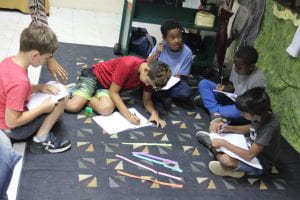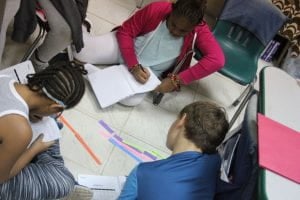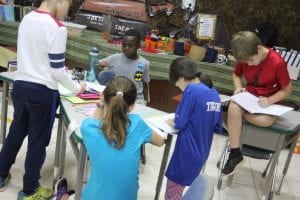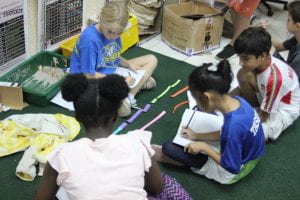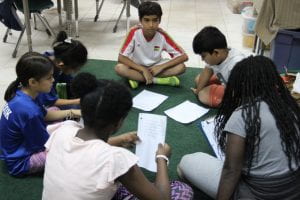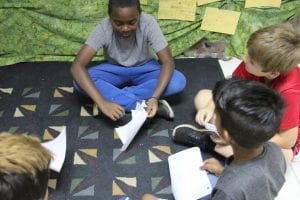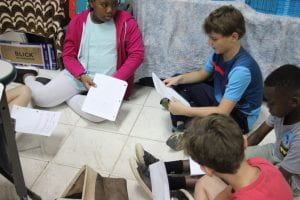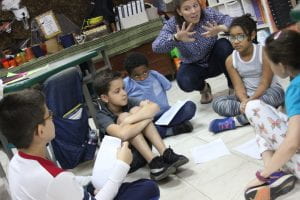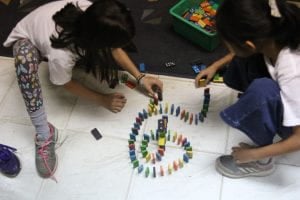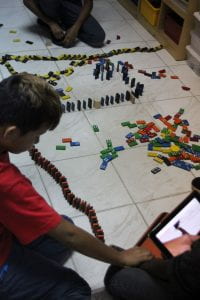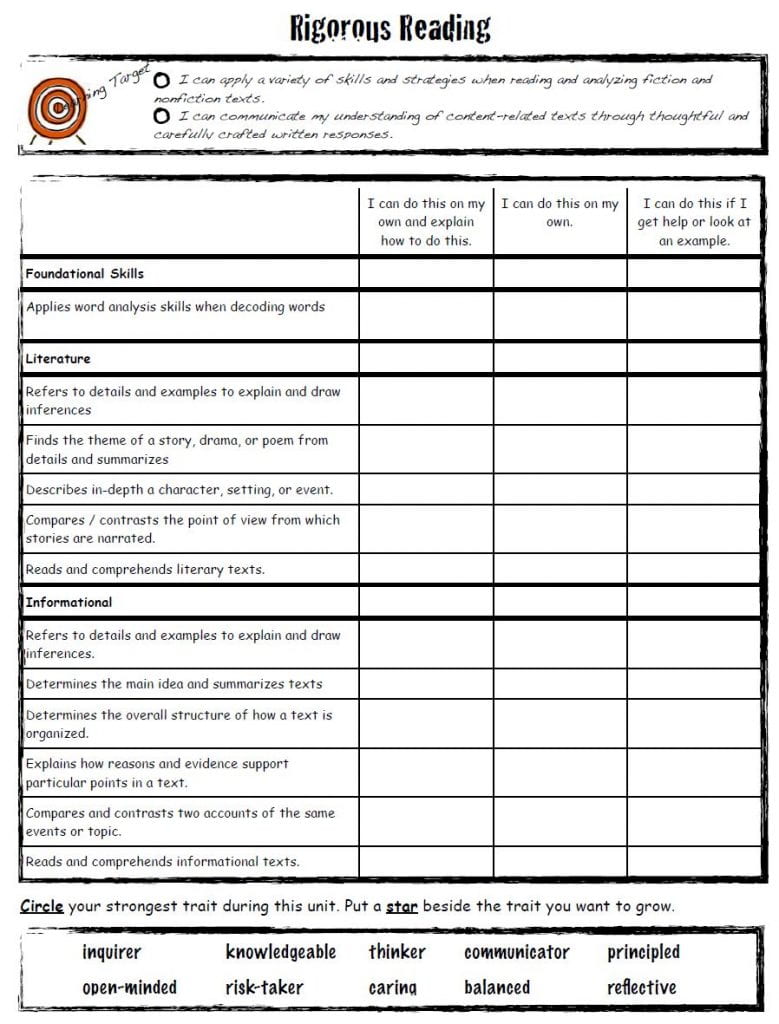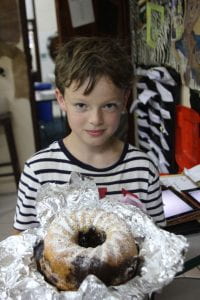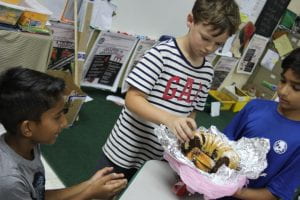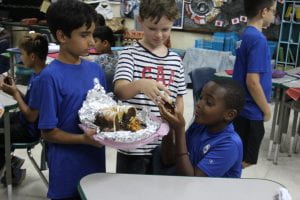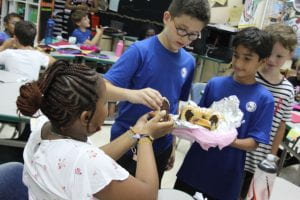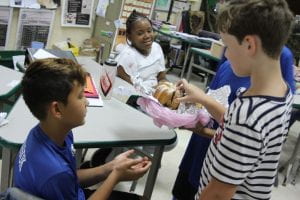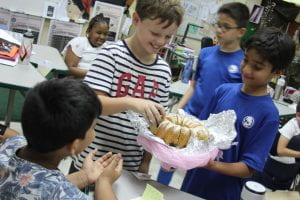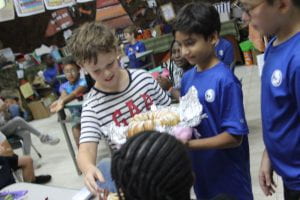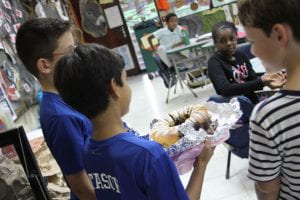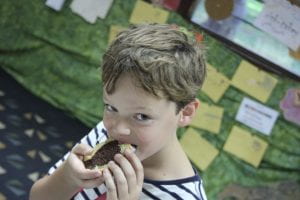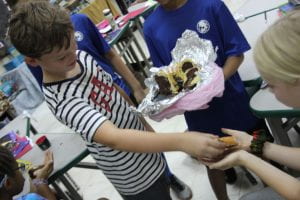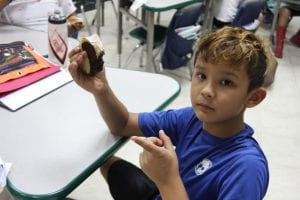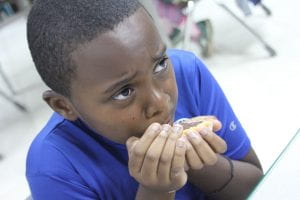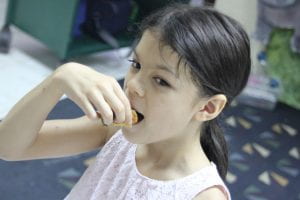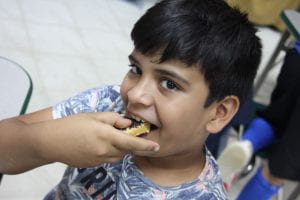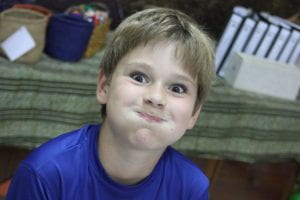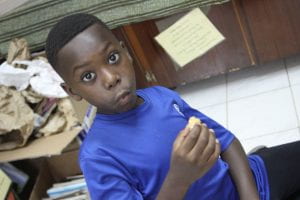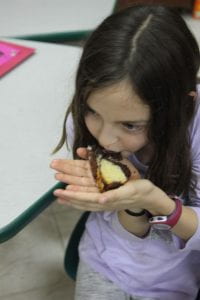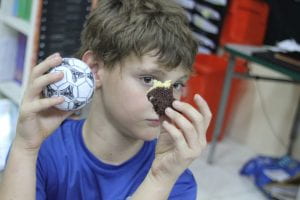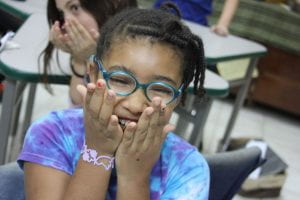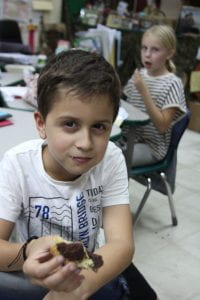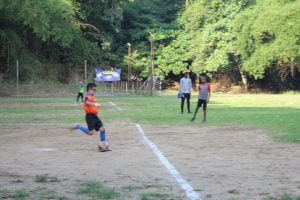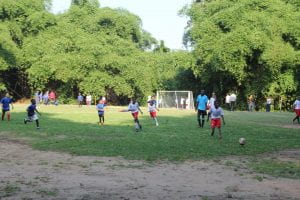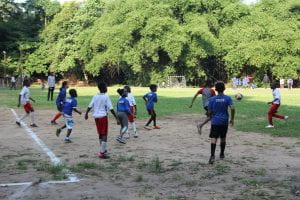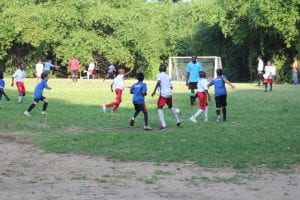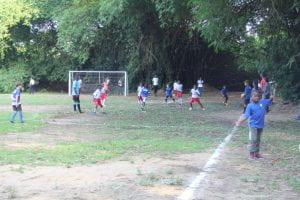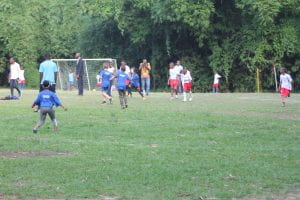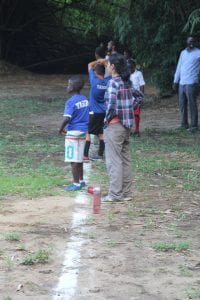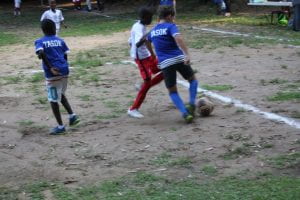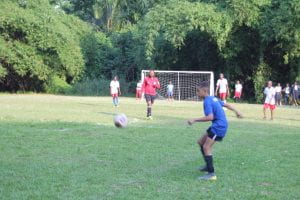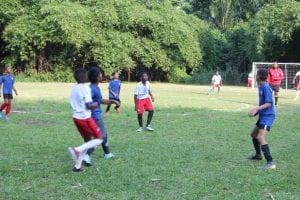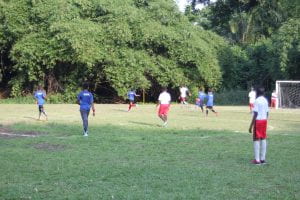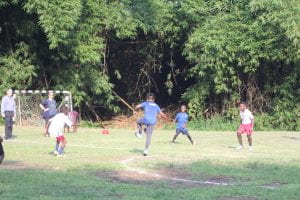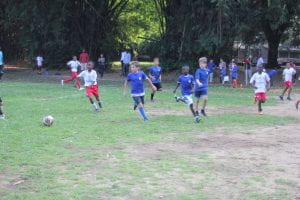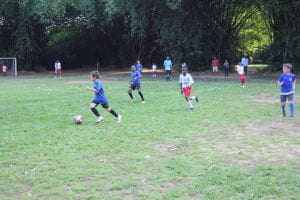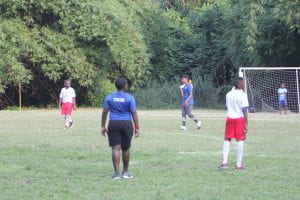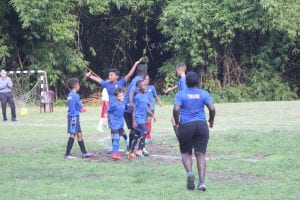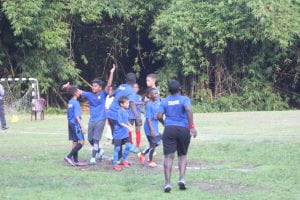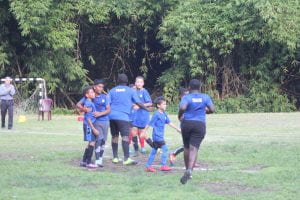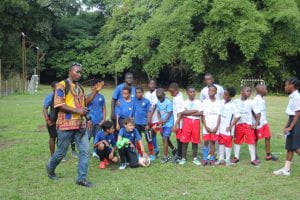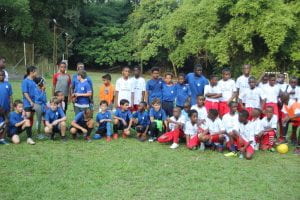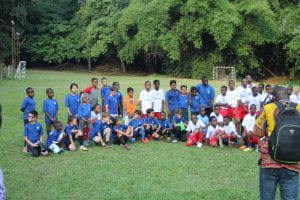- Read for at least 30 minutes each night. Complete the online reading log OR one on paper. (Copies are available in class).
- Alert: Something NEW coming in January. Check back for the big reading reveal.
- Reflect back on Week 15, and complete the “Reflection: Learner Profile & Approaches to Learning” form.
- Explore the recommendations on IXL.com. These connect directly to what we have been learning in class.
- **A Scholar has a goal: This week, we answered over 390 questions and almost 3 hours = 3.0 hours = 180 minutes on IXL.
Announcements
- Library is scheduled weekly on Thursdays.
- P.E. is scheduled weekly on Wednesdays and Fridays.
- Come dressed to exercise – sneakers, hat, sunscreen.
- Bring a water bottle
- Check your lunch card balance weekly.
Coming Soon
Below is a list of upcoming events of which to be aware.
- December 9
- SS Design Class: Scratch Games – 8:50 a.m.
- SS Design Class: Pinewood Derby – 2:45 p.m.
- December 13
- Assembly
- Early Dismissal – 11:30 a.m.
- Notes:
- Lunch will NOT be served on Friday
- There will be NO ASAs on Friday
- Notes:
- Report Cards
- Available to parents through ManageBac
- December 16 – January 3 – Winter Break (No School)
- January 6 – Classes Resume
Condor Sports
- December 10 – SS boys basketball vs. Loupiots
- December 12 – SS girls basketball vs. Loupiots
We’re on Twitter!
Follow TASOK @TASOKinshasa
Follow TASOK PYP @TASOKPYP
Follow Fourth Grade @Scholarsare
Hashtag #TASOK
Learner Profile Trait of the Month – COMMUNICATOR
**Check back later in the week for additional homework related to in-class discussions and activities.


